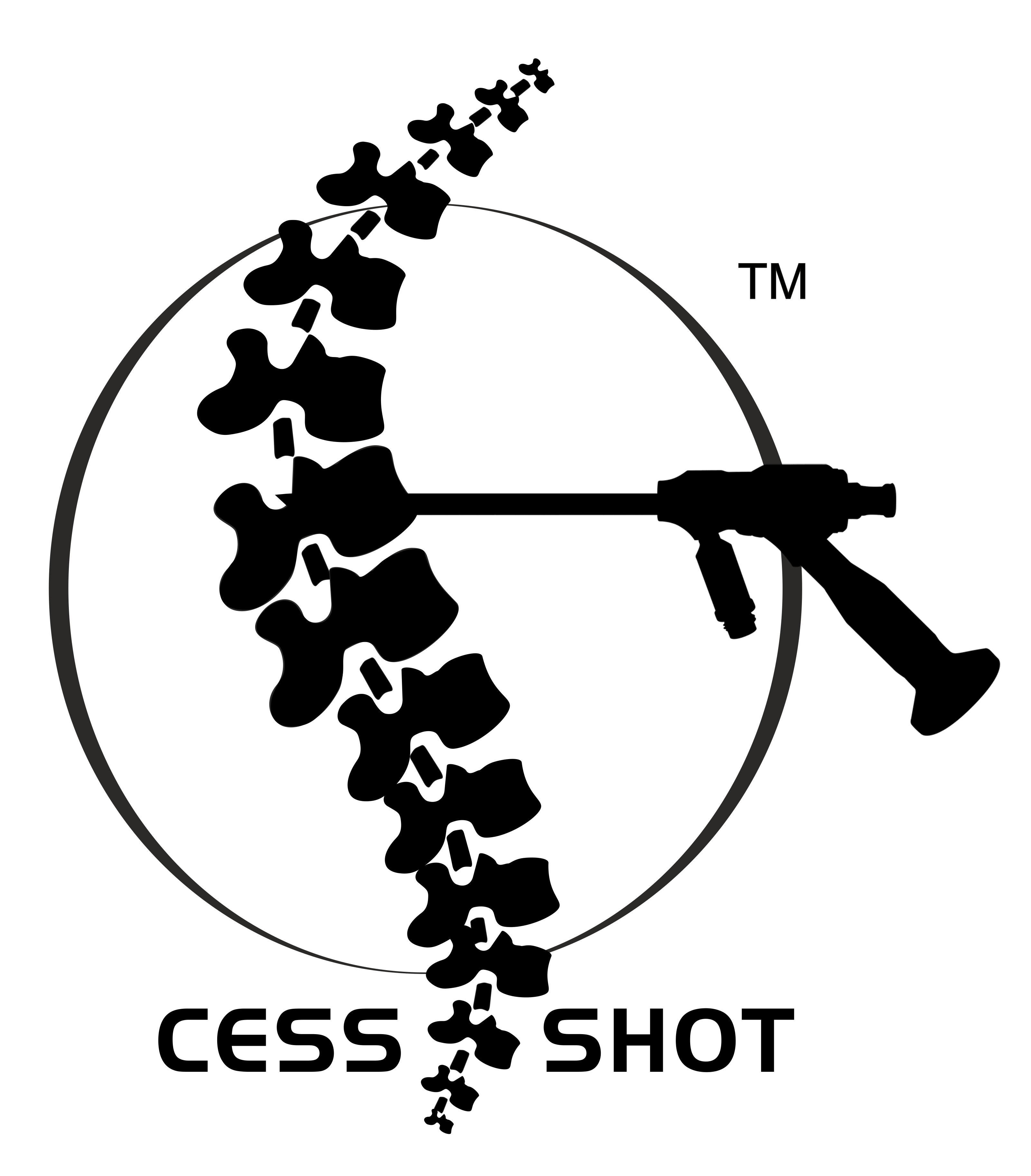When you think about can you fix spondylolisthesis, understanding innovative treatments is crucial. Spondylolisthesis is a condition where one of your backbones slips out of place compared to the bone below it. This can cause discomfort and affect how you move in your everyday life. Many people live with this condition, and unfortunately, it can really impact their quality of life. Historically, treatments were quite limited, focusing mostly on rest and surgery. But, new ways to manage it are emerging beyond what was traditionally available. Expanding these options allows for better outcomes, improving how patients manage the condition and resume their routines.
Understanding Spondylolisthesis: Types, Causes, and Patient Impact
There are different kinds of spondylolisthesis you might not know about. The most common types are degenerative and isthmic. Degenerative spondylolisthesis usually happens due to aging, where the discs between bones wear out, affecting your spine’s stability. Isthmic spondylolisthesis develops from small bone fractures happening over time, often in younger people, especially those playing sports.
Causes like congenital defects, where bones don’t form right from birth, or trauma, like an injury to the back, can lead to this condition. Asking can you fix spondylolisthesis makes you wonder how it impacts daily living. Pain is a significant issue, reducing the joy in your daily activities. Mobility becomes challenging, making you feel older than you are and decreasing life quality. Even simple tasks become tough, and it’s frustrating for many sufferers.
Harnessing Tradition and Modernity in India: A Holistic Approach
In India, there’s a growing trend to blend traditional Ayurvedic treatments with modern medical practices. This combination offers a unique outlook on tackling can you fix spondylolisthesis issues. Ayurveda focuses on natural remedies, using herbs and lifestyle changes that can support better health over the long term. When you combine these with modern spinal treatments, you often get a more comprehensive approach, leading to improved results. India is advancing in medicine by adopting such holistic techniques, giving patients a complete package for managing their health conditions more efficiently.
Lifestyle and Dietary Modifications for Spine Health Support
Changing your daily habits can greatly help when managing spondylolisthesis. One simple way is through diet changes. Eating more calcium and vitamin-rich foods strengthens bones and supports spinal health. Lean meats, leafy greens, and dairy products are great to include in your meals.
Lifestyle modifications play a significant role, too. Simple exercises like walking or swimming help maintain back strength without much strain. Small changes, like using ergonomic chairs, ensure you maintain good posture throughout the day.
Patient education empowers you in self-management, helping reduce the dependency on constant medical intervention.
Evaluating Pain Management without Dependency
Managing pain in spondylolisthesis without becoming dependent on medications is essential. Traditional pain relief methods include wearing supportive braces or physical therapy, which effectively reduces discomfort. Exploring pain management without relying heavily on drugs involves alternative treatments such as acupuncture or massages, which many find helpful for relief.
Doctors may offer personalized plans focusing on exercises and minor lifestyle changes to suit your needs. This doesn’t only relieve pain but also empowers you to gain control over the discomfort, answering some concerns related to whether can you fix spondylolisthesis effectively with less dependency.
The Role of Regenerative Medicine in Repairing Spine Tissues
Regenerative medicine can be a game-changer when it comes to fixing spine issues. Innovative treatments like stem cell therapy and using growth factors are showing promising results in helping repair damaged tissues in the spine.
Ongoing research continues to expand what we know about these treatments, heralding a hopeful future for tackling spine health puzzles. These therapies aim not just to alleviate the pain but to improve the condition of the spinal cord tissue itself, addressing the deeper concerns surrounding can you fix spondylolisthesis long-term.
Pioneering Innovative Surgical Options
Sometimes, you need surgery when other treatments don’t work well. Surgeons use criteria to decide if you need an operation. The good news is, personalized implants and minimally invasive methods now offer promising results with faster recovery.
New techniques, like using robotic surgery, mean more precise placements and shorter healing times. It’s exciting to think of the benefits these advances offer. They make surgery a less intimidating option and answer the tricky question of can you fix spondylolisthesis successfully when other approaches are not sufficient.
The Future of Personalized and Precision Medicine in Spine Care
Imagine having spine care tailored specifically for you—that’s the future with personalized medicine. Advancements in genetic profiling allow for treatments that align perfectly with your unique needs. Technology, especially artificial intelligence (AI), transforms how treatments are planned and how patients are monitored.
A personalized approach to spine care promises better outcomes, reducing guesswork in treatment plans. It brings forward the exciting possibility of tackling can you fix spondylolisthesis with more confidence and accuracy.
Conclusion: Navigating Options with a Proactive Approach
Exploring treatments beyond traditional methods opens many doors for effective management of spondylolisthesis. As continuous research offers fresh insights, patient-centered care remains crucial in ensuring individuals receive the best outcomes. Keeping up with these advances and actively managing one’s health plays a vital role in dealing with conditions like spondylolisthesis. Embracing a proactive approach leads to better health management, satisfying your curiosity about how you can successfully navigate this condition.


